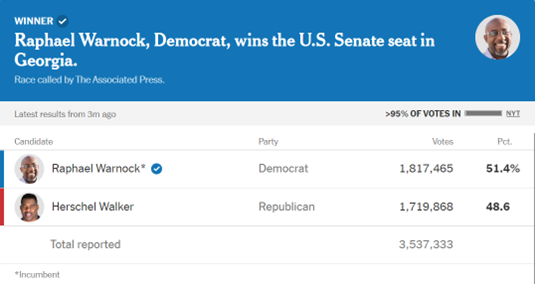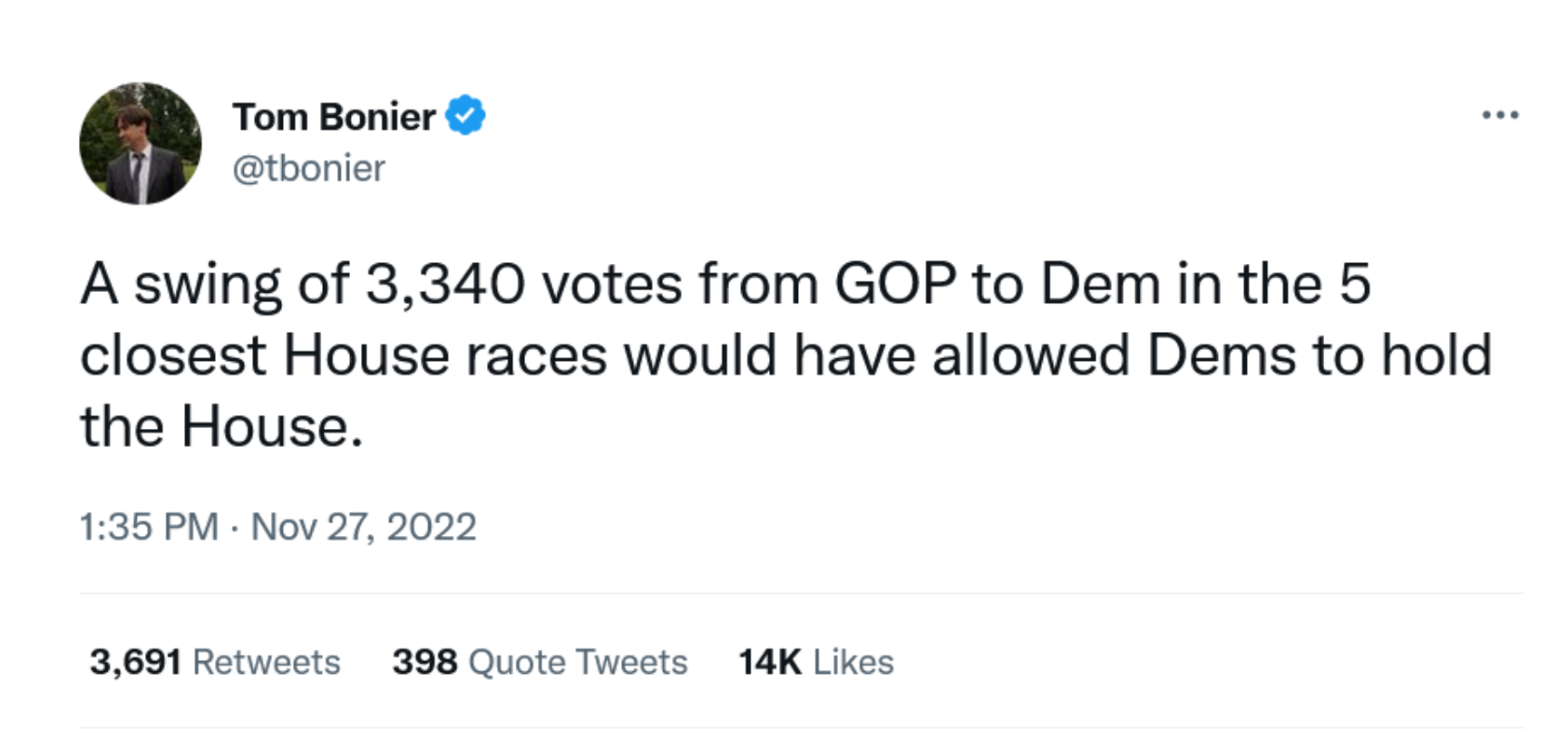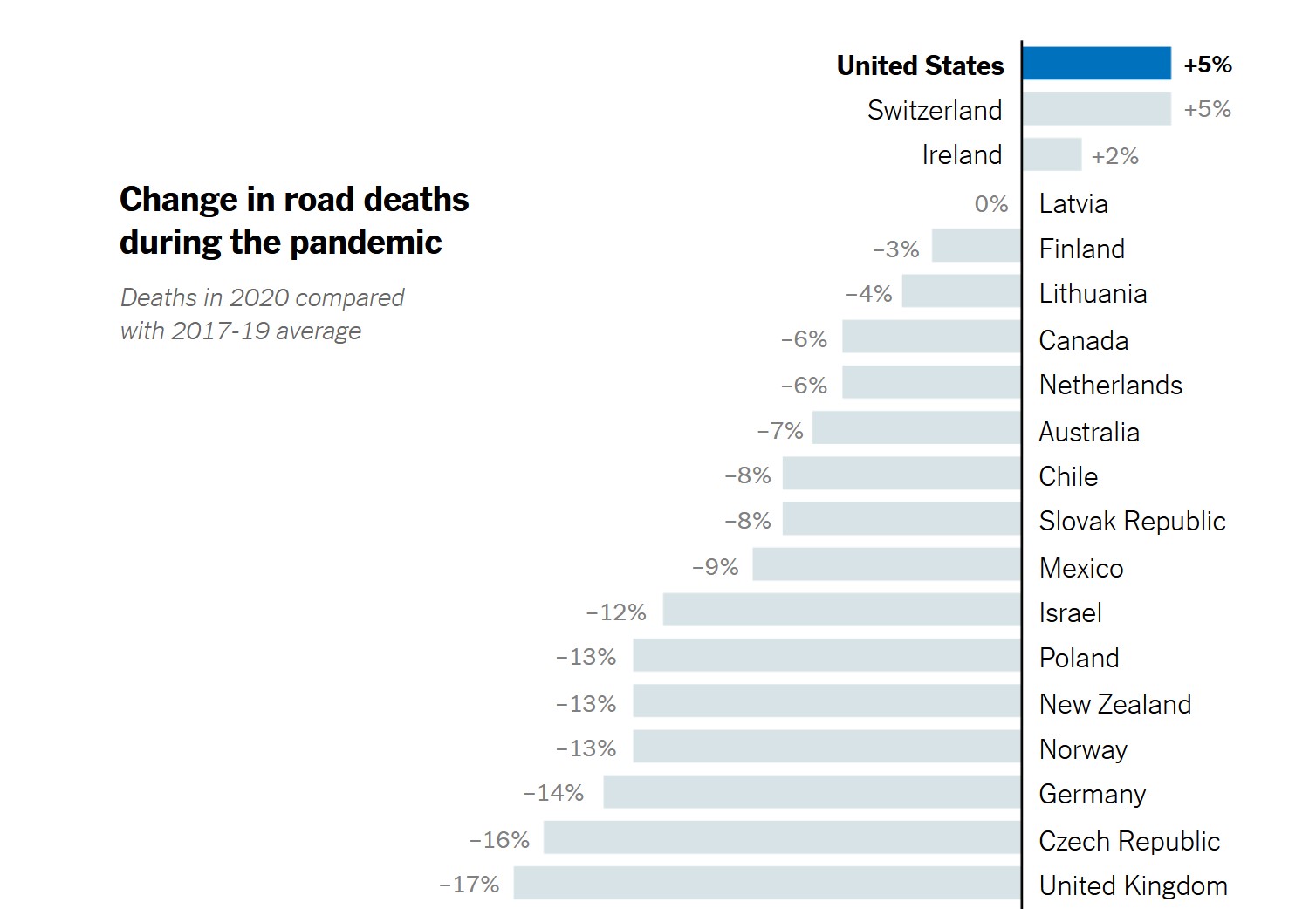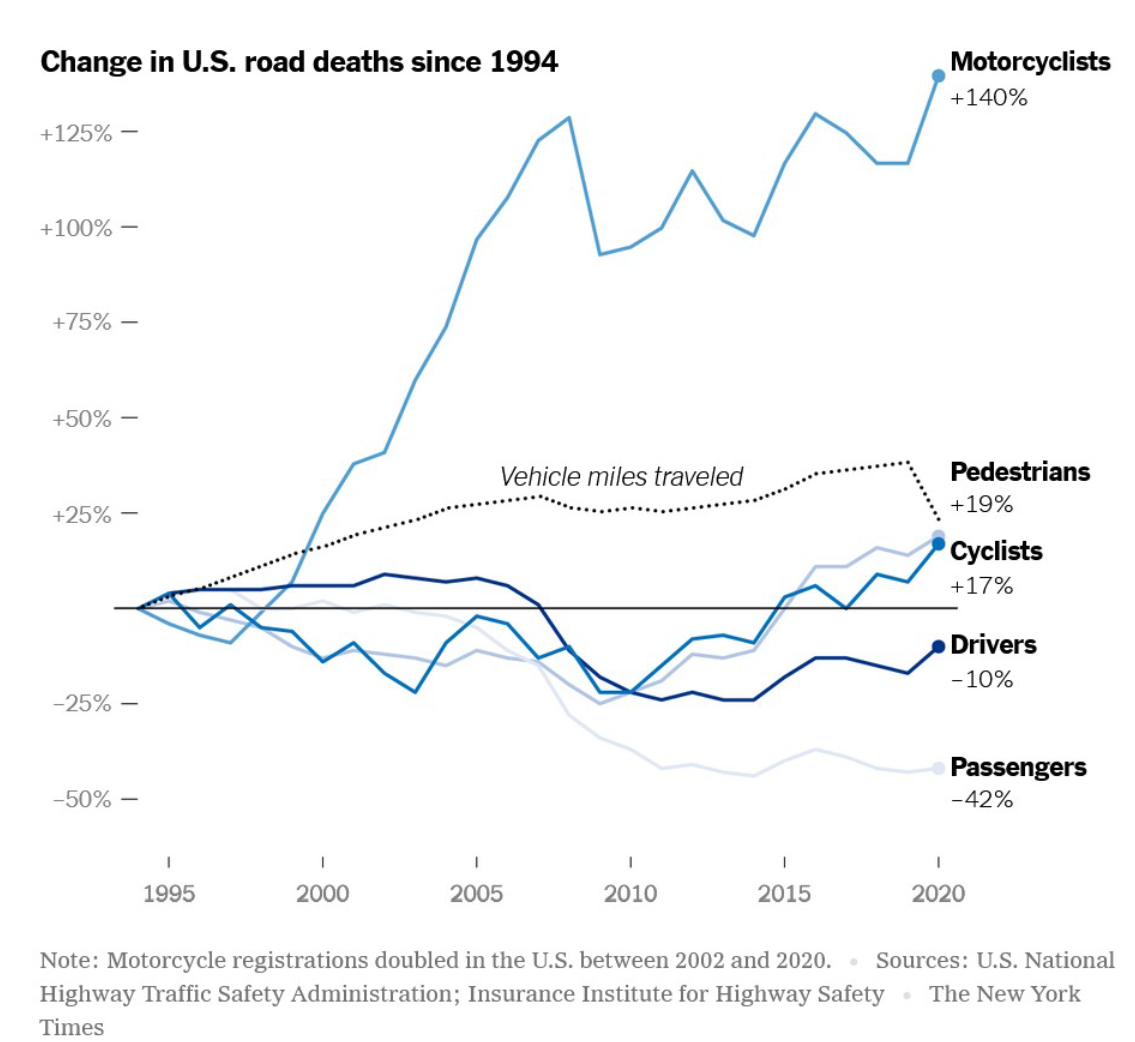The Daily Escape:

Barn before a storm, Walla Walla, WA – 2022 photo by Gary Hamburgh Photography
After 10 months in Russian custody, including time in a penal colony, WNBA star Brittney Griner is on her way home. In exchange for Griner’s freedom, Russia secured the release of Viktor Bout, a convicted Russian arms smuggler. Another American, the former Marine Paul Whelan, remains imprisoned in Russia.
CNN reports that the White House said Griner was released to US officials. From Biden:
“Moments ago I spoke to Brittney Griner…She is safe. She is on a plane. She is on her way home.”
The prisoner swap occurred in Abu Dhabi on Thursday. A joint statement from the UAE and Saudi Arabia said both Gulf countries played a role mediating the exchange between the US and Russia. By the time you are reading this, Griner should be on American soil.
But the result is a mixed bag. It’s very good news that Griner is free. But Viktor Bout is also free to rebuild his arms-dealing network. People are rightly wondering why Whelan wasn’t included in the trade. After all, he’s finishing his fifth year in Russian prison. But negotiation requires both sides to agree and the Russians would only offer Griner.
Of course, the Right-wing chattering class disapproved. First, from House GOP Leader Kevin McCarthy, who tweeted:
“This is a gift to Vladimir Putin, and it endangers American lives….Leaving Paul Whelan behind for this is unconscionable.”
Some Conservative mouth-breather named Jessie Kelly tweeted this:
“She’s a black lesbian who hates America. Biden is just bringing another voter back home.”
Another mouth-breather, Conservative Benny Johnson who has a show on Newsmax, tweeted this with typical Right-wing understatement:
“This is the lowest point in US foreign policy in my lifetime. Collapse of an empire.”
It can’t be a long life for young Benny. What is he, five years old?
You have to love the comments by these wingnuts each of whom say they could have brokered a better deal with their expert negotiating skills. And rather than be happy that one American is returning home, they use their oral flatulence to make comments about what should have happened, and why Biden is a loser.
Poor Paul Whelan’s family shows that most Americans still have decency and class:
“NEW from the Whelan family: “There is no greater success than for a wrongful detainee to be freed & for them to go home. The Biden Admin made the right decision to bring Ms. Griner home, & to make the deal that was possible, rather than waiting for one that wasn’t going to…”
The American people should thank Paul Whelan’s brother David for being so gracious. That isn’t something that we can say about the many Republican mouthpieces who felt it was necessary to weigh in.
People need to stop thinking about this as a trade or a prisoner exchange. The Russians kidnapped Griner and held her for ransom. She was a wonderful target, being a very tall black lesbian woman playing professional basketball in Russia. She was chosen, then convicted, and then sent to the gulag for the very purpose of being bait to spring Viktor Bout.
Does it suck that the price of releasing her was letting an odious killer go free? Of course. It shouldn’t be lost on anyone that as individuals and given their relative “crimes”, they weren’t equivalent assets. Everyone knows that Griner’s offense was simply a pretext to create a prisoner that could be traded. The initial arrest was about finding a small amount of hash oil on a Black gay woman.
Prisoner exchanges usually look like, “You arrested one of our spies and we want him back, so we arrested one of your spies. Let’s talk.” They don’t normally look like: “We plucked a random minor celebrity of yours off the street and she’s gonna do nine years.”
And when they do, it’s important to point out that it’s more like a kidnapping and a ransom than it is like an equivalent exchange.
Two closing thoughts. First, Conservatives always say: “Don’t negotiate with terrorists“. But all nations negotiate with terrorists; that’s just something governments say. Negotiating with terrorists doesn’t incentivize terrorism. It incentivizes terrorists to negotiate. The alternative is that terrorists engage in terrorism that does not involve negotiations. And that only leads to terrible outcomes.
All governments have to decide whether to negotiate or not on a case by case basis.
Second, Americans, especially conspicuous Americans, should stay the hell out of Russia until the Putin government’s current business plan is updated.













